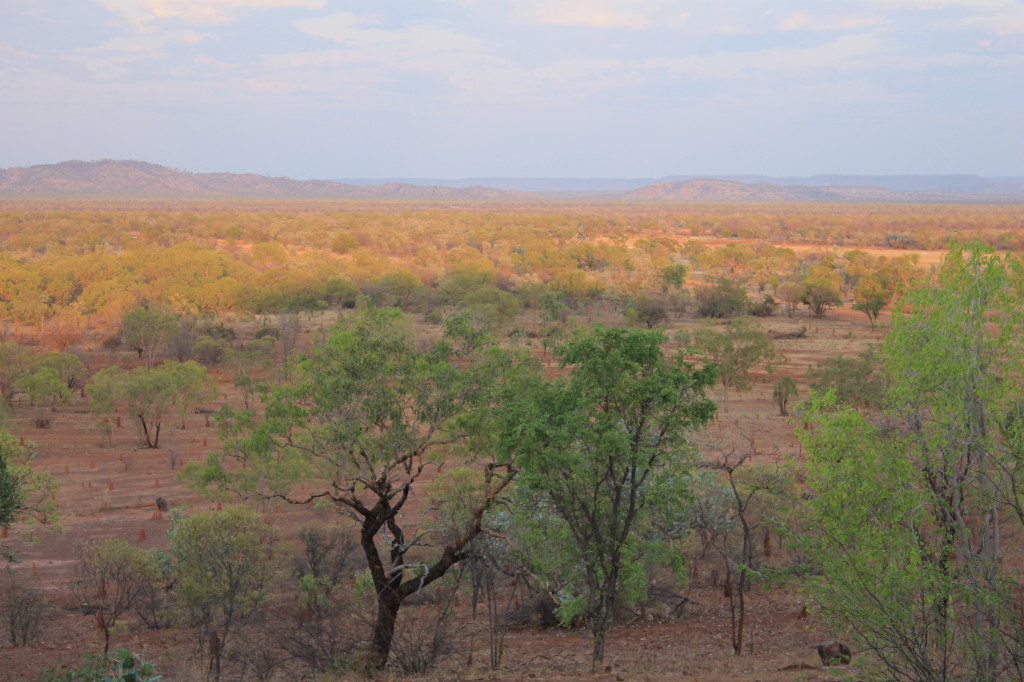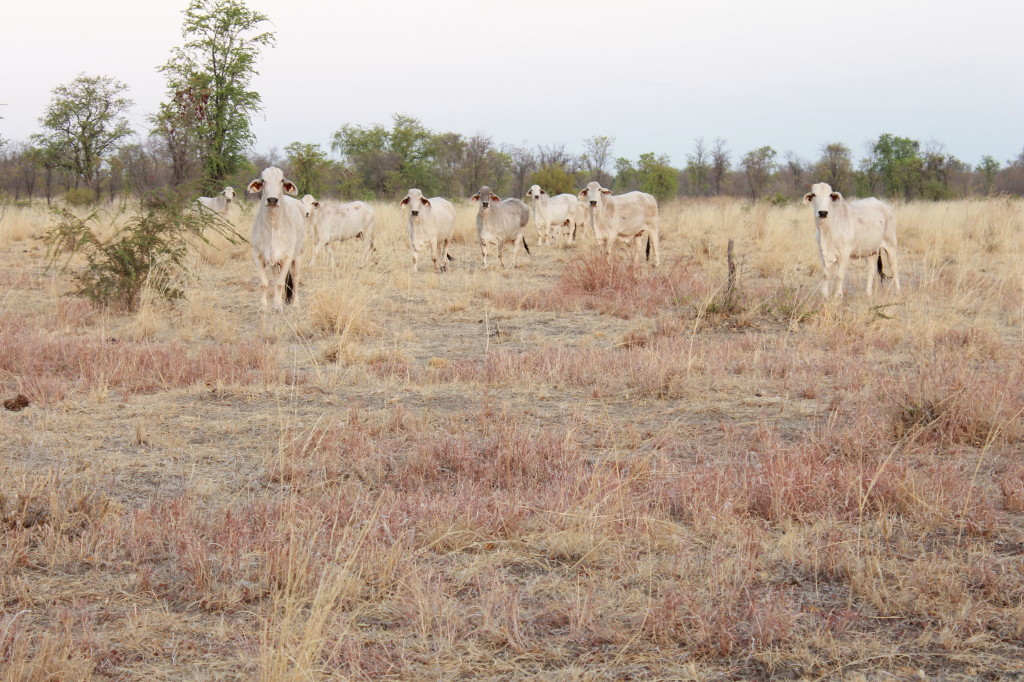Grass counting . . . more fun than it sounds!
Host: Katherine Research Station
Written by Jodie Ward – Rangeland Research Officer, Katherine Research Station.
Hi everyone, I’m Jodie Ward and I am a Grass Counter.
What exactly is, and does, a grass counter do I hear you ask? Well, hopefully by the end of this blog, I will have answered your question! You see, it’s all about determining grazing pressure . . .
Officially, my job title is Rangeland Research Officer for the Department of Primary Industry and Fisheries based at the Katherine Research Station. My primary task for the first half of the year and for the upcoming few weeks is rangeland data collection. To do this, myself and up to three others, will go to a project site and collect information such as approximate yield (kg/ha), dominant pasture species, the proportion of yield each species makes up, ground cover, and how much of all of the pasture has already been eaten. These observations are then repeated hundreds of times over different sites to make sure that the area has been sampled without bias. Then from this information, we work out how many cattle can live in the area or paddock without damaging the condition of the land by overgrazing and leaving the earth bare and prone to erosion and weed invasion. Of course, the amount and types of grasses and forbs vary from year to year and from region to region which is what makes my job so interesting. In April I am usually on the red sandy soils of the Alice Springs region, in May I can generally be found on the beautifully flat blacksoil plains of the Barkly Tableland and in June I am regularly seen cruising between paddocks on Kidman Springs Research Station in the Victoria River District (VRD), which is where I am at the moment.
 The beautiful morning view at Kidman Springs.
The beautiful morning view at Kidman Springs.
Kidman Springs hosts a long term fire research trial (aka Shruburn) which looks at many things including pasture and tree species responses to a variety of fire regimes. There are two sites, one on black soil and one on red soil, where the plots are either burnt every two, four, or six years, either early in the dry season as soon as it’s dry enough to burn (approximately early June), or late in the dry season before the first storms come (around about now). In amongst these burnt plots are also plots that remain unburnt but are continuously grazed in the same manner as the others. Later this week, myself and three others will be collecting the same type of data mentioned earlier on the plots that we plan to be burning, which will be the late burn every two years plots and the late burn every six years plots. The observations from this round of data collection will be added to that of previous 30 years’ of data which will become the current burning regime recommendations for pastoralists in the VRD to control woody species encroachment and maintain good land condition.
 Shruburn red soil site ready to burn later this week.
Shruburn red soil site ready to burn later this week.
Until now, the Shruburn plots have been constantly open to grazing, but this has become a problem in recent years when late dry season burns have been followed by below average wet season rainfall. This has meant that the breeders in those paddocks have been unimpeded in chasing the fresh post burn regrowth, grazing it heavily and causing there not to be enough grass to carry a fire in the treatment plots the following years. For this reason I am spending part of this week “helping” to fence the trial plots to keep the cattle out long enough to allow the burnt plants to regrow enough to allow them to be grazed without severely impeding their health and exposing the soil to the elements.
 Brahman breeders making their way through the fire plots on their evening stroll. Not sure what they’ll make of the fence when it’s completed!
Brahman breeders making their way through the fire plots on their evening stroll. Not sure what they’ll make of the fence when it’s completed!
So with that said, I’d best get back to it – unfortunately pickets won’t drive themselves into the soil and the barb won’t roll itself out – however it’s been a number of years since I’ve been fencing, so I imagine my skills might be found somewhat lacking!! Fingers crossed that I still have a job at the end of it all!
One thing’s for sure, my poor soft office hands will certainly need to harden up in a hurry!! I’ll keep you posted how I go!
Cheers,
Jodie Poor, soft pre-fencing fingers!
Poor, soft pre-fencing fingers!
